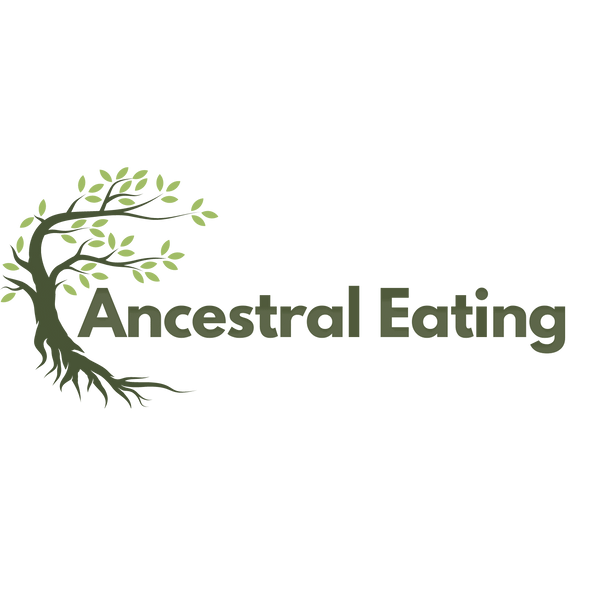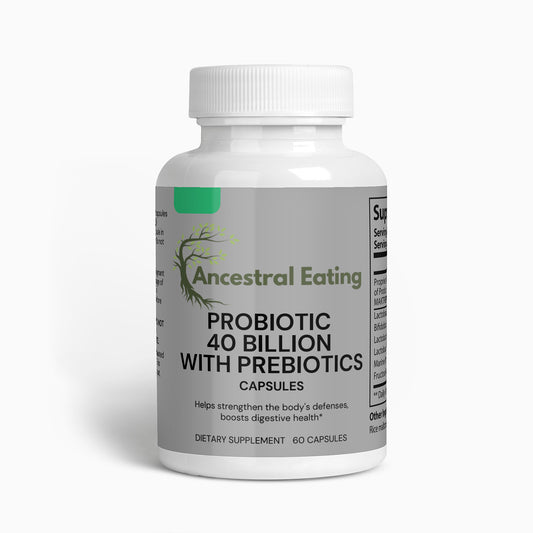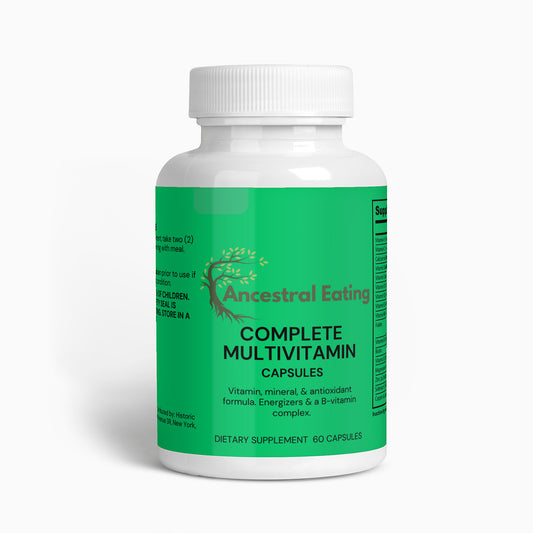The culinary history of Senegal is a rich tapestry woven from a variety of influences including indigenous practices, Islamic traditions, European colonialism, and global trade routes. Here's an overview of some key aspects of the foods that have been eaten by the people of Senegal over the last 500 years:
Pre-Colonial Period
- Millet and Sorghum: These grains were some of the main staples, commonly ground to make porridges, bread, and other staples.
- Fruits and Vegetables: Indigenous fruits like baobab, mangoes, and citrus were eaten, as were vegetables like okra and leafy greens.
- Fish and Seafood: Given Senegal's long coastline, fish and seafood have been significant sources of protein.
- Meats: Chicken, lamb, and beef were often reserved for special occasions and celebrations.
Islamic Influence
- Halal Practices: As a predominantly Muslim country, Senegal adheres to Halal dietary practices.
- Spices: Spices like cumin, coriander, and cardamom, commonly found across Islamic cultures, were integrated into Senegalese cooking.
European Influence and Trade Routes
- Rice: Imported from Asia and popularized during the colonial era, rice has become a staple in many Senegalese dishes.
- Peanuts: Introduced by the Portuguese and later becoming a significant cash crop, peanuts are a key ingredient in many Senegalese dishes.
- European Ingredients: Items like bread, potatoes, and other vegetables were introduced during the colonial era and have been integrated into the local diet.
Modern Times and Staple Dishes
- Thieboudienne: Also known as "Ceebu Jën," this is a classic Senegalese dish made of rice, fish, and vegetables.
- Mafé: A peanut stew made with meat (often chicken or lamb) and vegetables.
- Yassa: A dish usually consisting of marinated chicken or fish that's grilled and then simmered in a sauce of onions, lime, and other spices.
- Accara: Black-eyed pea fritters often served with a tomato and onion sauce.
Drinks
- Bissap: A popular drink made from hibiscus flowers.
- Ginger Juice: A sweet and spicy beverage made from ginger root.
- Attaya: A strong Senegalese tea, often served in social settings.
Current Trends
- Global Influences: Foods like pasta and pizza have been adapted into the Senegalese diet, thanks to globalization.
- Street Food: With urbanization, street food has become increasingly popular, including items like sandwiches, grilled meats, and fried foods.
- Health Awareness: As in many parts of the world, there is a growing awareness of the importance of a balanced diet, leading to increased consumption of fruits, vegetables, and lean proteins.
In summary, the foods of Senegal offer a rich blend of indigenous ingredients and techniques combined with influences from Islamic culture, European colonial history, and more recent global trends.






